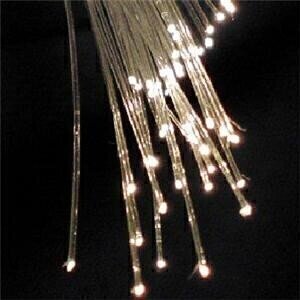News & Views
Polarised light and Nanowires advance Computing Capability
Jun 27 2022
Researchers at the University of Oxford have developed a method exploiting the properties of light in combination with nanowires to maximise information storage density and computing performance using nanowires.
Fibreoptics use different wavelengths of light to carry parallel streams of data as they do not interact with each other; similarly, different polarisations of light do not interact with each other either. Each polarisation can be used as an independent information channel, enabling more information to be stored in multiple channels, hugely enhancing information density.
First author and DPhil student June Sang Lee, Department of Materials, University of Oxford said: ‘We all know that the advantage of photonics over electronics is that light is faster and more functional over large bandwidths. So, our aim was to fully harness such advantages of photonics combining with tunable material to realise faster and denser information processing.’
In collaboration with Professor C David Wright, University of Exeter, the research team developed a HAD (hybridized-active-dielectric) nanowire, using a hybrid glassy material which shows switchable material properties upon the illumination of optical pulses. Each nanowire shows selective responses to a specific polarisation direction, so information can be simultaneously processed using multiple polarisations in different directions.
The researchers have used this concept to develop the first photonic computing processor that utilises polarisations of light leading to an enhancement in computing density by several orders compared to that of conventional electronic chips promising to be more than 300 times faster and denser than current electronic chips.
For over a decade, researchers in Professor Harish Bhaskaran’s lab in the Department of Materials, University of Oxford have been looking into using light as a means to compute.
Professor Bhaskaran, who led the work, said: ‘This is just the beginning of what we would like to see in future, which is the exploitation of all degrees of freedoms that light offers, including polarisation to dramatically parallelise information processing. Definitely early-stage work – our speed estimates still need research to verify them experimentally – but super exciting ideas that combine electronics, non-linear materials and computing. Lots of exciting prospects to work on which is always a great place to be in!”
The full paper, Polarisation-selective reconfigurability in hybridized-active-dielectric nanowires, is published in Science Advances.
More information online
Digital Edition
International Labmate 49.6 - Sept 2024
September 2024
Chromatography Articles - HPLC gradient validation using non-invasive flowmeters Mass Spectrometry & Spectroscopy Articles - From R&D to QC, making NMR accessible for everyone: Putting NMR...
View all digital editions
Events
Oct 30 2024 Birmingham, UK
Oct 30 2024 Manchester, UK
Nov 11 2024 Dusseldorf, Germany
Nov 12 2024 Cologne, Germany
Nov 12 2024 Tel Aviv, Israel




.jpg)















